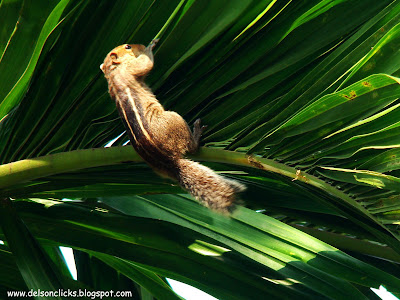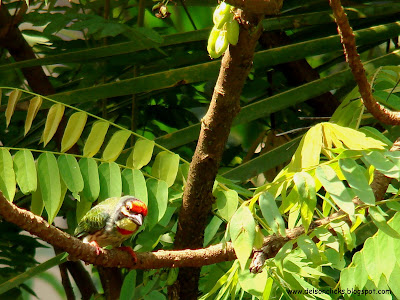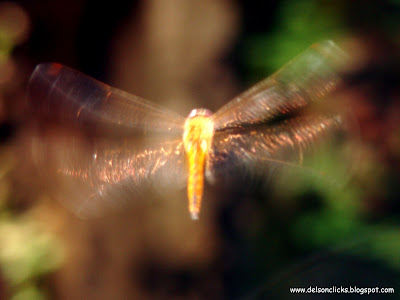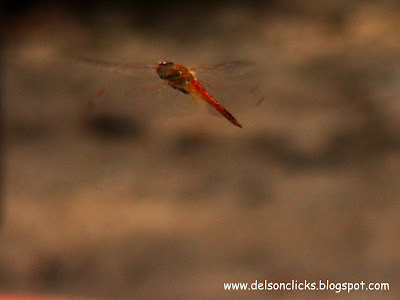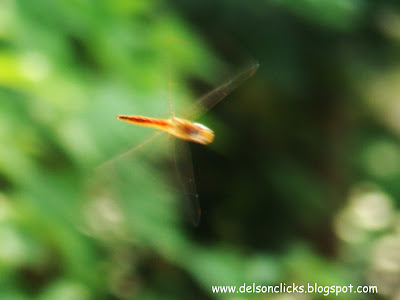
Photograph of a 'Scarlet Reef Hermit crab' , Hermit crabs are not true crabs, and they use empty shells as their homes. A hermit crab even fights with other hermits to acquire their homes. They are the scavengers of the ocean and live on dead material and algae from the bottom of the ocean floor.

Above photograph of the Japanese
Koi fish. These are ornamental fish and their colourful bodies make them ideal candidates for Japanese tea gardens.
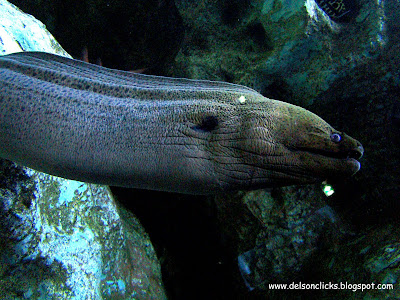 Muraena
Muraena Helena eel, once considered by the ancient Romans as the greatest delicacies.

'Striptease' above photograph of some unidentified striped coral fish, would appreciate if any ichthyologist could identify them.
The underwater world is beautiful, filled with vivid colours, but photographing marine life is the most challenging aspect for a photographer.
The biggest problem is Light, the basic ingredient of photography is almost absent underwater and camera flash does not travel far and gets scattered underwater. Using tripod is not possible and since the animals are constantly swimming, getting a steady photograph is extremely hard. All the above photographs were clicked with maximum aperture and with a higher ISO (400). ( When Photographing in aquarium or underwater be prepared to face that only 2 to 3 percent of the photographs will come out nice, hence click as many as possible).
I found the following ideas helpful when photographing underwater creatures:
1. Noon is the best time for underwater photography.
2. Use ISO of 400 and white balance cloudy (to offset the blue underwater tone)
3. Shoot on Aperture priority with Max. aperture (Lowest Aperture number)
4. Some fish tend to swim in a pattern, if you can identify this, then
prefocus and be ready in that area, but better is if you can practice panning the camera.
5. Preferably Use manual focus.
6. If shooting in an aquarium, then use slower shutter speed, the blur of fish moving can give a sense of action to the photograph.
7. Strictly no Camera Flash when photographing in an aquarium. Try to make best use of the existing light.
 Photograph of a Common Sandpiper, a Migratory bird. Generally seen in shallow waters foraging small food items such as insects, crustaceans and other invertebrates.
Photograph of a Common Sandpiper, a Migratory bird. Generally seen in shallow waters foraging small food items such as insects, crustaceans and other invertebrates.







